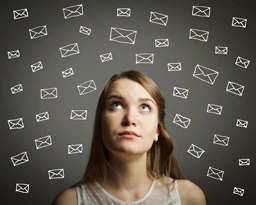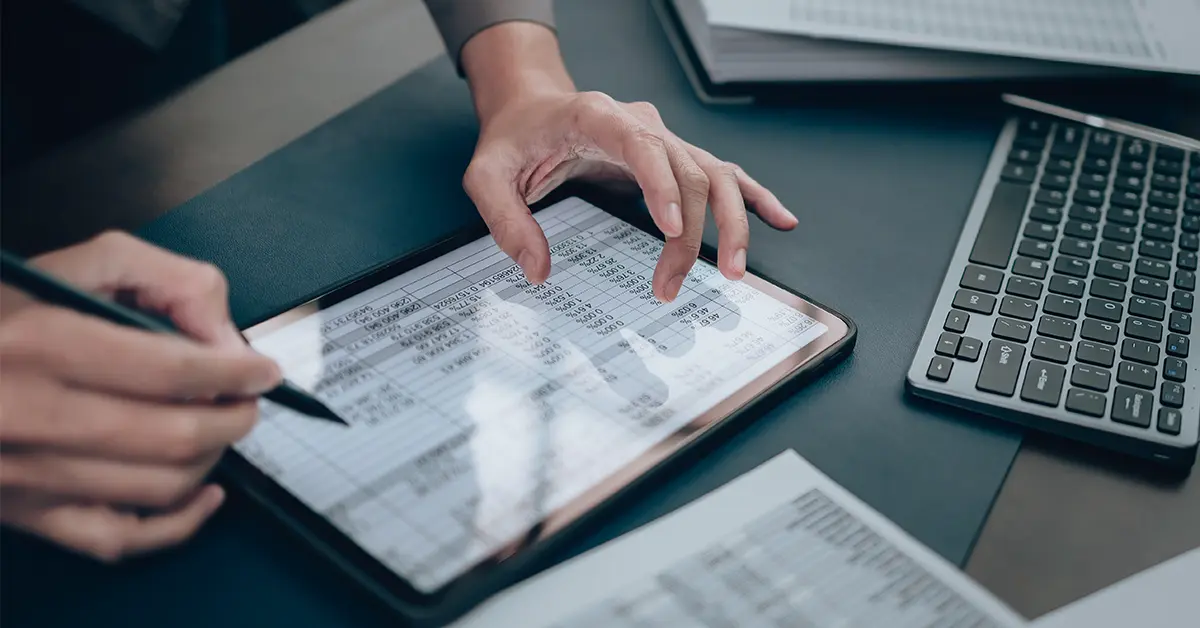Here are some simple tips and guidelines for when you should send a follow-up, what it should say, and how it may get you ahead of the game.
What is a follow-up?
A message you send to the person you’ve contacted about a potential professional opportunity to reiterate your interest and fit for the position.
Why send follow-ups?
Before we go any further, it’s important to touch base about why sending follow-ups are so pertinent in the working world today. More than this notion just being part of the processes you go through in order to secure a role you’re interested in, it signifies you care and is also a great way to connect further with the people who will be making the decisions about who is going to fill that role. While interviews are ways for employers to get to know the candidates, it doesn’t give them as much of a sense of who you are as a person as you’d probably like. Follow-ups are a great way to not only reiterate your passion and interest for the company and role; it’s also a good place to make connections with your interviewer that you didn’t get the chance to do while interviewing.
Additionally, follow-ups give you the space you need to really pinpoint what you’d like to get across and any afterthoughts you may have had after meeting your interviewer and learning more about the opportunity. It’s the nice bow on your entire interviewing journey that really ties your candidacy up into a neat little package. Many job seekers make the mistake of not putting in this effort. Because companies receive so many applications and resumes, you’ll make yourself stand out and leave your name fresh in their minds when they’re looking to conduct a second round of interviews or are getting closer to filling the position. Keeping the lines of communication open is important, and once you send that follow-up, that’s exactly what you do. This can lead to future job openings in the company if the current one doesn’t work out.
When to send follow-ups
This guideline is pretty straightforward. You should always send a follow-up after you’ve made contact with someone about a professional opportunity. This can include a variation of any of the following scenarios:
- Personally messaging someone on social media
- Having an informational interview
- Having an actual interview
- Introducing yourself or a connection through Linked-In
- Doing a phone screening
We’ve seen many resources state that the proper time frame in which to send a follow-up should be within 48 hours of the interaction. Some tips suggest doing it within 72 hours. Some also suggest doing it no later than a week.
The truth is, there really is no proper “time” in which to send your follow-up, but we definitely believe that sooner is always better than later. So what’s our recommendation? Do it as soon as possible. Some may say that this can make you appear too eager or too forthcoming, but that isn’t at all the case. The sooner you send your follow-up, the better. It will let the person you spoke with know that you appreciated their time, are serious about the position, and have great intentions on letting them see how you fit into the role.
How should I send the follow-up?
Our top recommendation is through email. While there’s lots of debate about how sending a handwritten letter is much more personal and unique (since handwritten notes are a dying breed), it’s still going through snail mail and may not reach them for a couple of days, defeating the purpose of sending a follow-up as soon as possible. But, act accordingly. Obviously if you’re applying to a fun company that sells arts and crafts for kids, a pop-up card handmade by you may not be a bad way to go. But, since we’re talking to you future CPAs here, email will do the trick just fine.
What should my follow-ups say?
A good formula to follow when composing your follow-ups is…
a. Express your gratitude for meeting with you
b. Discuss some things you found interesting and exciting about the company and position
c. Reiterate how your background qualifies you and why you would be a good fit
d. Ask them to contact you if they would like any further information
Optional, but recommended:
e. Mention something more personal to connect with them
Here’s what that follow-up would look like:
Hi ________,
It was great speaking with you today about the (position) at (company). Thank you for taking the time to meet with me and for your insightful information about the (insert what you learned about here). I was especially intrigued to learn that (insert information about company’s future projects, current standings, etc.) I believe my background aligns with what you’re looking for in a (position) and know that my passion to (x, y, z) makes me a great fit for the company. Especially since we’re both owners of Black Labradors! I look forward to the next conversation. If you need any more information, please let me know and have a terrific rest of the week.
Best,
___________
How long should I wait for a response?
On average, you should get a response within 1-3 days. They will probably also thank you for your time, state that they enjoyed meeting you, and that they’ll keep in touch for upcoming information about filling the role.
If you don’t get a response within 1-3 days, send another follow-up. Don’t take this as a sign of neglect or negativity; a variety of things can happen. They may have just missed it, it went to their junk inbox, or maybe they forgot to reply because they’re quite busy. Whatever the case may be, give them the benefit of the doubt and send another follow-up that more or less reiterates your first email, but this time with a short introduction about how you sent one previously:
Hi ________,
I’m just reaching out to see if you received my last follow-up I sent a couple days ago. If not, I’d like to say thank you for…
And then reiterate what you said from the last email.
We hope you found these follow-up tips helpful and that you use them during your next professional opportunity meeting! Good luck and go get ‘em!




